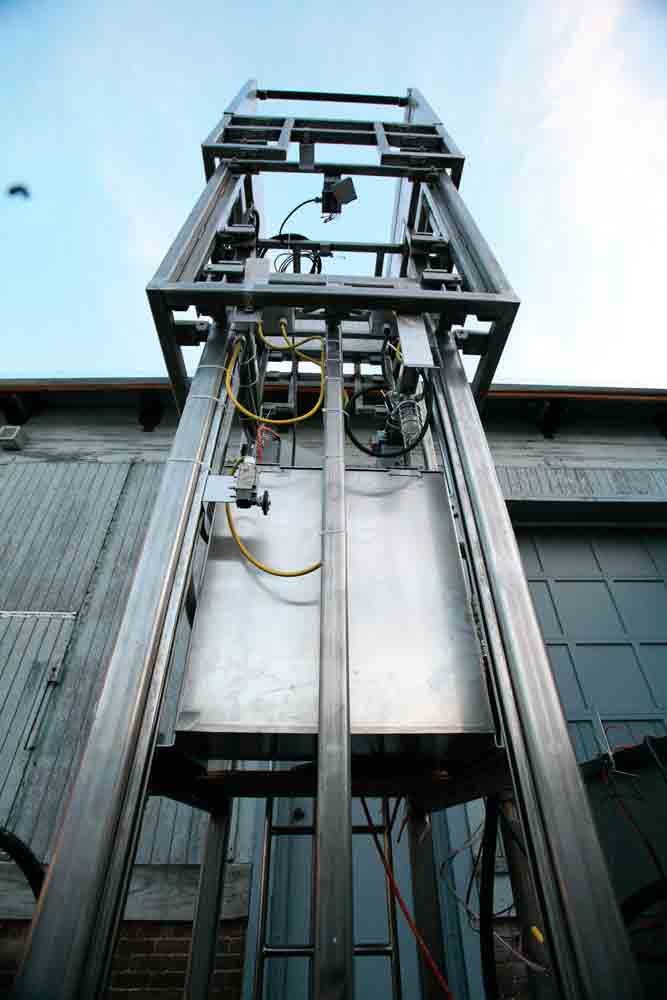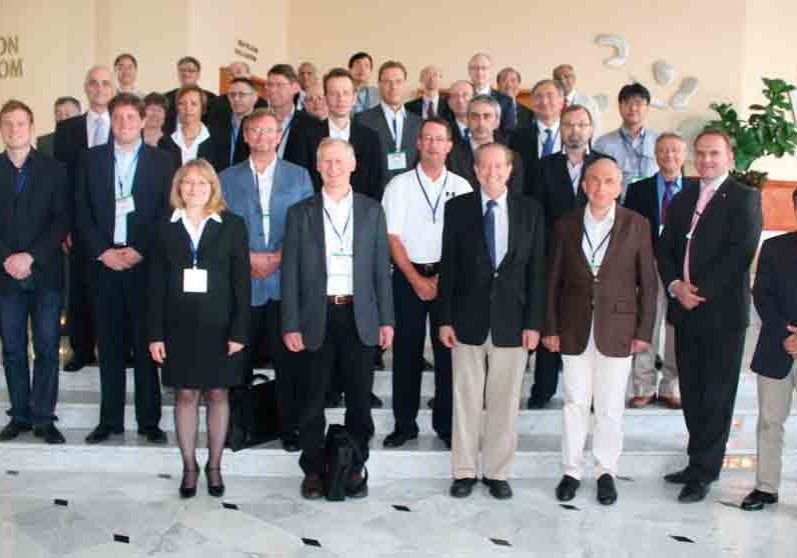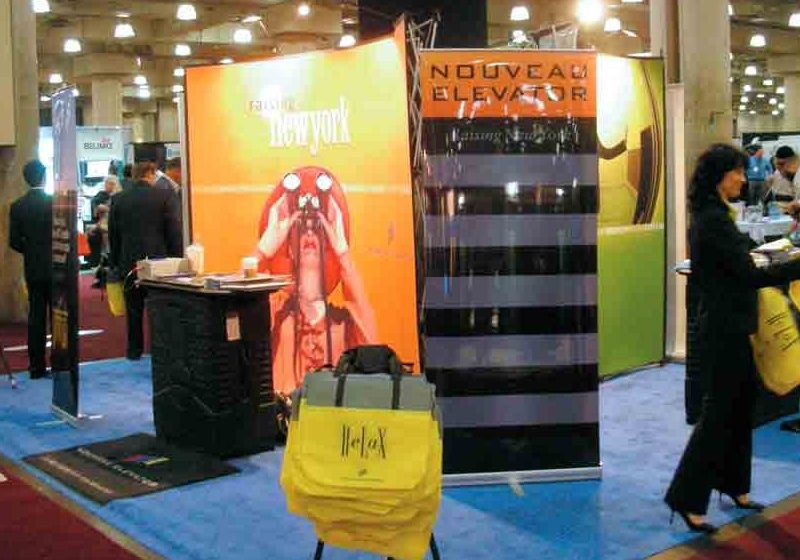Brown University’s Hidden Wheelchair Lift
Aug 1, 2012

Atlantic Elevator South and ITI Hydraulics replaced a wheelchair lift at this campus.
Until recently, the wheelchair lift outside Alumnae Hall on the campus of Brown University in Providence, Rhode Island, has had problems. The accessibility lift, originally installed almost 12 years ago, sits in a pit and is completely underground when not in use. As it was located on a historical college campus, the lift was meant to be inconspicuous and nearly disappear against the backdrop of the surrounding marble, granite and brick buildings, but issues began to arise almost immediately. Exposed to the elements, the steel materials began to degrade, mechanical and electronic elements corroded, and repeated service and maintenance calls were required, with these problems worsening over time.
Brown University decided to replace the declining equipment but was committed to keeping the lift underground, which meant any replacement was limited in size and shape. Jon Driscoll, project manager at Atlantic Elevator South in Seekonk, Massachusetts, submitted a proposal for a stainless-steel, twin-post telescoping hydraulic system, a complete technological change from the original chain-driven unit.
Driscoll collaborated with ITI Hydraulics, designer and manufacturer of both the cylinders and power unit required for the replacement. In early 2011, Atlantic and ITI undertook a number of feasibility studies that included multiple site visits and an engineering and production meeting. Ultimately, the hydraulic system with telescoping cylinders was deemed both workable and favorable.
Telescoping cylinders are a manufacturing standard for a typical elevator, but ITI had to adapt its cylinders for this job: one cylinder would require it to be twice the size (too large for the limited space underground), which led to the realization that twin posts were required. These could be smaller in both diameter and height/length, yet balance the load more effectively. Due to their synchronization, ITI’s jacks provide the advantage of constant speed and pressure. The company also supplied a specially designed aluminum power unit with a submersible motor and pump. The power unit was made to smaller specifications and completely enclosed for protection against harsh weather.
The university’s outlook on environmentally friendly solutions was also at the forefront of all proposed design solutions. It was determined the hydraulics should be able to run on vegetable oil, rather than typical petroleum-based hydraulic oil. This would preclude contamination of surrounding groundwater if there were a spill or leakage.
In addition to changing the mode of operation and materials, Driscoll believed moving the controller to a separate, indoor location was essential. The previous unit’s controls were buried underneath the lift, so service meant removing a heavy access cover and working in a cramped, wet, dark area on rusted controls. The separate, indoor controller solved these problems and made lowering the lift to ground level as quick and easy as releasing the hydraulic pressure.
Since the lift provides primary access into the building for anyone with a disability, it was determined work would take place exclusively over the school’s winter break, allowing the project team approximately seven weeks to fabricate and test the new unit. The old lift was removed and taken to Rhode Island Ventilating for fabrication of the stainless-steel parts. Its three main sections were taken apart and measured, as the replacement would have to fit into the same footprint of the previous unit. The telescoping nature of the unit meant 10-20% of manufacturing had to be done outside, since the replacement could not fit inside the building when extended.
Once the hardware and mechanical aspects of the replacement unit were underway, Traction Elevator Co. of Medford, Massachusetts, designed and programmed a programmable-logic controller with battery backup to replace the original relay-based one. Tom Sybert of C.J. Anderson & Co. was consulted for a wind- and weather-resistant push-button panel, opting to install its water-/corrosion-resistant National Electrical Manufacturers Association 4X product line. It features stainless-steel push buttons, enclosures, faceplates and springs, which are all gasketed and sealed to prevent moisture from entering the unit. After several stress tests, the lift was installed on time and is expected to serve for years to come.
Get more of Elevator World. Sign up for our free e-newsletter.









